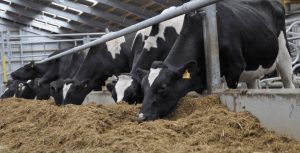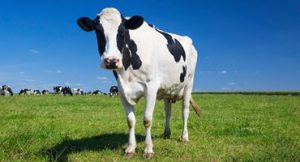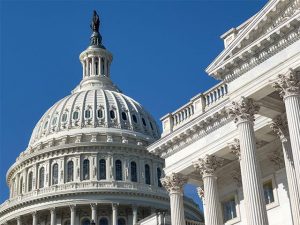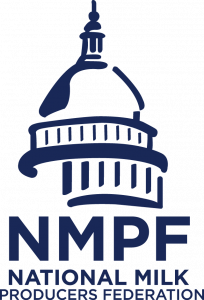
USDA’s long-awaited updates to milk pricing in federal milk marketing orders come pretty close to National Milk Producers Federation’s objective to accurately reflect the value of the price of dairy products, such as cheese, back to a value of milk for payments to dairy farmers.
NMPF is still assessing how closely they achieve that objective, “but my impression is that USDA’s adjustments do a reasonably good job of bringing us a good part of the distance to where National Milk came out in its proposals,” said Peter Vitaliano, NMPF vice president of economic policy ad market research.
Class I mover
One of the biggest surprises was USDA’s recommendation on the formula for the base price of Class I milk (fluid consumption), he said.
National Milk requested USDA return to the previous “Class I mover,” which sets a base price to which a location differential is added. The previous mover was calculated as the “higher of” the advanced price for Class III (milk for cheese and dry whey) and Class IV (milk for butter and powder).
The 2018 Farm Bill changed the mover to the “average of” Class III and Class IV prices plus 74 cents per hundredweight to provide better risk management for processors.
That proved costly after government purchases of cheese for food assistance in response to the COVID-19 pandemic significantly increased the price of Class III milk. Averaging that high price with the much-lower Class IV price significantly reduced the Class I price and the price farmers received.
Lost revenue
Dairy farmers have lost about $1.3 billion in revenue since the mover changed, compared with the previous mover, according to NMPF.
USDA’s recommendation sets two different movers: “higher of” for most milk and an “average of” formula for the much smaller volume of extended shelf-life products with a shelf life of over 60 days, which is the class of milk processors said they really needed to keep the “average of” mover, he said.
“So in a sense, it was a Solomon-like decision that I think very creatively addressed the issue,” he said.
Make allowance
USDA is recommending higher make allowances then National Milk proposed, but they are also substantially lower than what processor groups proposed, he said.
“At the end of the day, I think they (USDA) came out with an OK decision there on make allowances. But they are quite a bit higher than what we proposed and especially in groups, areas where Class I utilization may not be as high, like California, … Midwest, that may lead to a little bit of a lower pay price at times,” he said.
Federal orders haven’t been updated in a very long time. They’ve gotten out of sync with the market realities, and it’s causing disorderly marketing, he said.
Level field
Even with regional variations, it’s important to have a national system “that helps level the playing field across the country. We do not want regulation to create winners and losers or incentivize actions that distort the marketplace or market dynamics in any way,” he said.
USDA also set a blueprint to increase composition factors, such as protein, I the future for Class III and Class IV milk on which farmers are paid. It also set a blueprint for updating Class I differential, reflecting the cost of servicing fluid milk markets.
In addition, all parties to the hearing agreed to seek legislation in the farm bill to give USDA authority and funding to conduct mandatory, audited surveys on manufacturing costs – as opposed to the current voluntary and occasional surveys.
You can now read the most important #news on #eDairyNews #Whatsapp channels!!!
🇺🇸 eDairy News INGLÊS: https://whatsapp.com/channel/0029VaKsjzGDTkJyIN6hcP1K

























